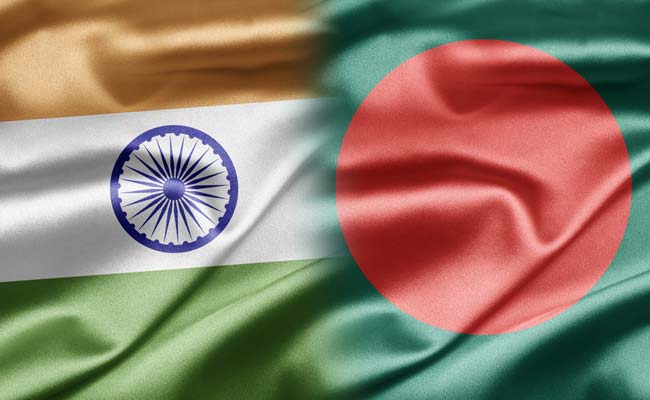
Border 'Haats' to improve India-Bangladesh trade balance
The Dollar Business Bureau  Nirmala Sitharaman, Minister of Commerce, Government of India, will inaugurate the third border “haat” (local market) between India and Bangladesh in Tripura today, a move which aims to improve local trade and people contact between the two countries. However, in the long term, such haats could help boost Bangladesh’s exports to India and bridge the huge trade deficit it has with India. According to the Ministry of Commerce, India’s imports from Bangladesh stands at around $484 million compared to exports of around $6.1 billion, and the trade deficit in favour of India has almost tripled in the last five years. Representatives from both sides have acknowledged that such a huge trade deficit is unsustainable, and borders haats aim to improve India’s trade balance with its neighbours. The border haats with countries such as Bangladesh and Myanmar will also help states in the North-East get important articles such as food and clothes cheaper and faster.
Nirmala Sitharaman, Minister of Commerce, Government of India, will inaugurate the third border “haat” (local market) between India and Bangladesh in Tripura today, a move which aims to improve local trade and people contact between the two countries. However, in the long term, such haats could help boost Bangladesh’s exports to India and bridge the huge trade deficit it has with India. According to the Ministry of Commerce, India’s imports from Bangladesh stands at around $484 million compared to exports of around $6.1 billion, and the trade deficit in favour of India has almost tripled in the last five years. Representatives from both sides have acknowledged that such a huge trade deficit is unsustainable, and borders haats aim to improve India’s trade balance with its neighbours. The border haats with countries such as Bangladesh and Myanmar will also help states in the North-East get important articles such as food and clothes cheaper and faster.
 Source - Ministry of Commerce, India
Source - Ministry of Commerce, IndiaThe new border haat in Tirpura holds much promise for the local people. It is located in Srinagar in southern Tripura, a state which is surrounded by Bangladesh by three sides and shares a mostly non-mountainous border of around 856 km with the country in the north, south and west, compared to a 53 km long border with Assam and a 109 km long border with Mizoram. Tripura’s only link with India is through the hills to Assam. It is believed that the border haat across the Tripura-Bangladesh border will not only help improve local trade but also make Tripura the entry point for Bangladesh products for all the states in India’s North-East. Tripura Industrial Development Corporation Limited (TIDC), the nodal body for the facilitation of Indo-Bangladesh trade across Tripura, says that Tripura’s strategic location and historic socio-economic ties with Bangladesh makes it a potential hub for trade with and through Bangladesh for the entire North-East India. TIDC adds that geographical proximity provides Bangladesh an opportunity to be competitive in Indian markets and can help Bangladesh access the North-East, a market that is estimated at around Rs.20,000 crore (about $3.2 billion). However, such haats also present the danger of unofficial entry of Chinese goods into India via Bangladesh; almost 30% of Bangladesh’s imports come from China. To prevent this, the government has placed restrictions on border trade through haats. Initially, cross border trade will be held between 10 am and 4 pm on select days in a week and will be restricted to people living within a five-kilometre radius. Only 16 locally produced goods will be allowed to trade, mainly in food products, textiles, wooden furniture, handlooms and handicraft items, and the importer in India will have to produce a document to prove that the imported item was produced in Bangladesh. While no taxes will be imposed, each trader will be allowed to conduct transactions up to a ceiling of $100 per day, according to sources. India is planning several such haats (of up to 70) in the coming years, mainly in the North-East states to improve cross-border trade and connectivity.
This article was published on January 13, 2015.






 to success.
to success.